Sydney (pop. 4,698,656; met. area pop. 5,231,147) is Australia’s oldest and largest city and the capital of the state of New South Wales. The city is also Australia’s leading industrial center and a major port. Sydney lies on a huge, deep harbor on the nation’s southeastern coast. This harbor, officially called Port Jackson, is commonly known as Sydney Harbour. The city fans out from the shores of Port Jackson. The people of Sydney are called Sydneysiders. This name probably came about because settlers once used the name Sydneyside for what is now New South Wales, especially the part of the state that is on the eastern side (the Sydney side) of the Great Dividing Range.
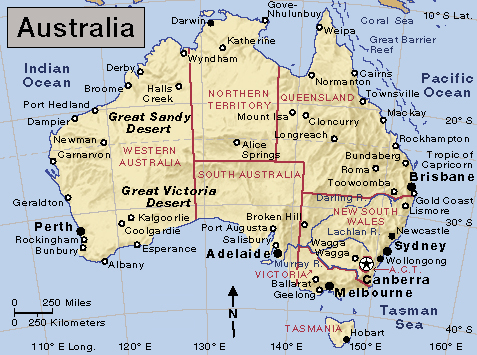
Britain (now the United Kingdom) founded Sydney as a prison colony in January 1788. At that time, many nations sent criminals to distant prison colonies. The colony’s first governor, Arthur Phillip, had instructions from the British government to establish a colony at nearby Botany Bay. Phillip abandoned this site after a few days in favor of Sydney Cove, which offered a safe, deepwater anchorage and a stream of pure water. He named the area in honor of Thomas Townshend, Baron Sydney, a British nobleman.

The City of Sydney Council governs the Central Business District (CBD) and inner suburbs of Sydney. The council consists of 10 elected councillors, including the lord mayor and the deputy lord mayor.
The Sydney metropolitan area consists of its central municipality, called the City of Sydney, and numerous surrounding municipalities. For statistical purposes, the City and a large outlying area make up the Sydney Greater Capital City Statistical Area (GCCSA), commonly called Greater Sydney. The Sydney GCCSA covers about 4,775 square miles (12,368 square kilometers), encompassing most of the local government areas within 45 miles (72 kilometers) of central Sydney. It includes such outlying cities as Campbelltown, Gosford, and Penrith, as well as small or rural communities whose residents regularly work, shop, or pursue recreation within the capital.
Sydney Harbour Bridge and the Sydney Harbour Tunnel, which runs beneath the harbor, link the city center with suburbs on the north shore. Other suburbs spread south beyond Botany Bay, west to the Blue Mountains, and east to the Pacific Ocean coastline. 
City
The City of Sydney at the heart of the metropolitan area covers about 10 square miles (26.7 square kilometers) on the south side of Sydney Harbour. About 212,000 people live in the City, but thousands more people come each day for work, for recreation, or as tourists. The City includes the site of the first settlement along Sydney Cove. High-rise buildings dominate the Central Business District, which is the City’s administrative, commercial, and political center. The CBD is south of Circular Quay and covers about 0.6 square miles (1.6 square kilometers). The City’s main street, George Street, runs through the city center. A series of parks, including the Domain, Hyde Park, and the Royal Botanic Gardens, lie along the eastern edge of the CBD. Nearby Macquarie Street is the site of the Parliament House of New South Wales. The street also has many historic buildings, including some built by convicts in the early 1800’s.
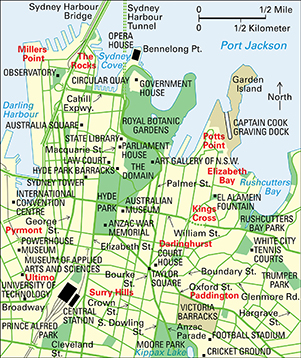
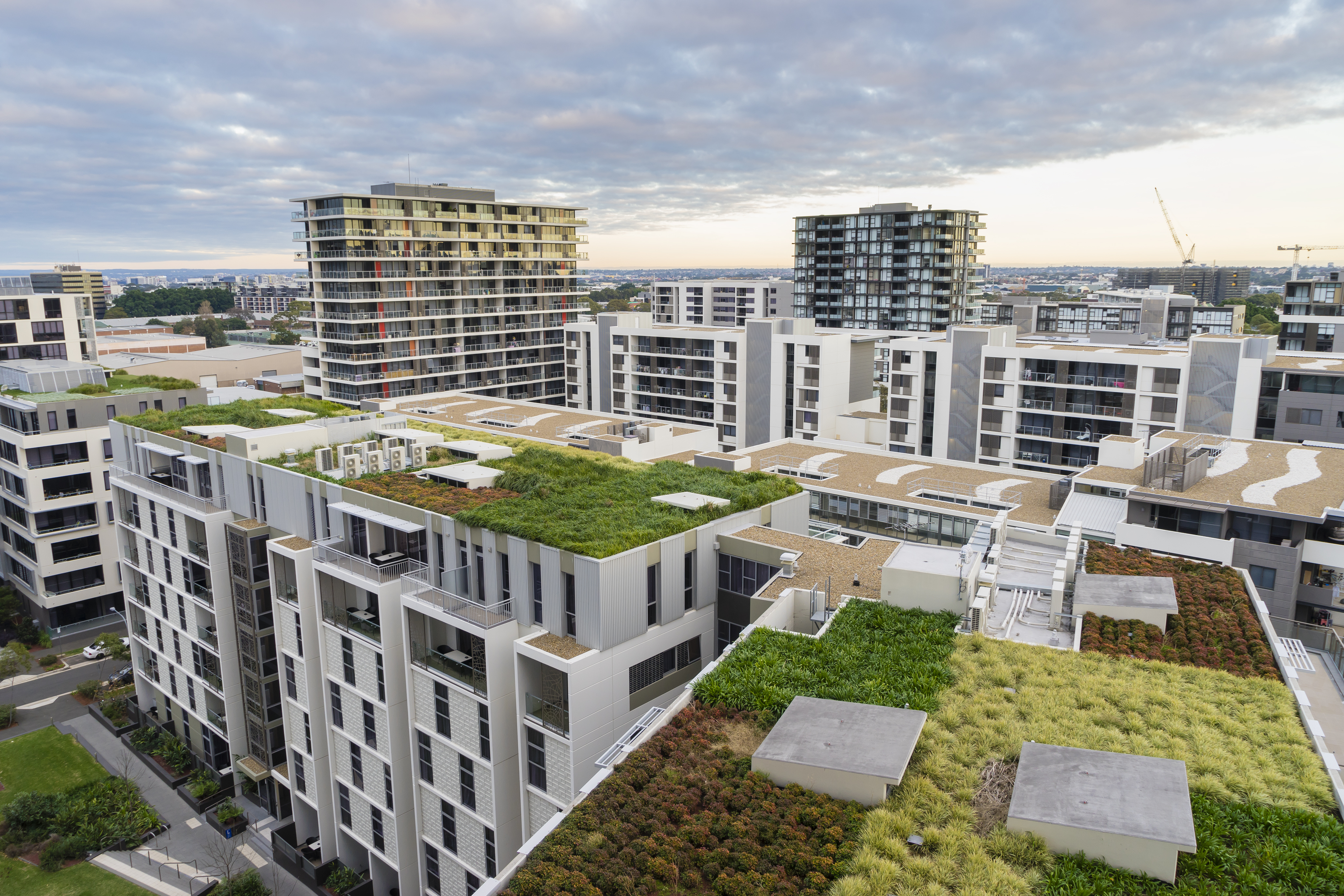

The oldest part of the city includes an area called the Rocks. This area is built into steep sandstone cliffs that rise up from the waterfront on the west side of Circular Quay. The state government demolished sections of the Rocks during the first half of the 1900’s for public health and land development reasons. In the mid-1900’s, local residents protested further destruction of the area. From the early 1970’s to the late 1990’s, the Sydney Cove Redevelopment Authority restored many of the historic buildings in the area. The Rocks is now a major tourist attraction with shops, hotels, and restaurants.
The Darling Harbour complex is on the western edge of the city center, southeast of the Rocks. The state government redeveloped this shipping terminal, which was no longer used, in the late 1980’s. Among the complex’s attractions are the Australian National Maritime Museum and the Powerhouse Museum, an electric-power generating station built in the late 1800’s and now used to display applied arts and sciences exhibits. The complex also includes the International Convention Centre Sydney and many hotels, restaurants, and shops. A light-rail system extends from the CBD to the western suburb of Dulwich Hill. East of the CBD is Kings Cross, an area of cafes, nightclubs, and restaurants.
The construction of railroads to link Sydney and its surrounding areas began in the second half of the 1800’s. The railways promoted the development of suburbs. Workers attracted to jobs in the factories south of the city center contributed to suburban growth. Local business and industry expanded further after World War II (1939-1945). This economic expansion and the arrival of many European immigrants caused the suburbs to grow rapidly during the 1950’s. Since the 1970’s, the Asian population of New South Wales also has grown considerably, particularly in suburban Sydney.
Parramatta, 15 miles (24 kilometers) west of central Sydney, is the commercial and community hub for the western suburbs. Campbelltown, about 30 miles (50 kilometers) southwest of Sydney, is a regional center for the southern suburbs. The northern suburbs extend to Gosford and Wyong on the central coast of New South Wales. Gosford is about 35 miles (56 kilometers), and Wyong is about 45 miles (72 kilometers), from Sydney.
Buildings.
The oldest surviving house in the City is Cadmans Cottage, built at Sydney Cove in 1815 or 1816. It is named for John Cadman, who served as superintendent of government boats from 1827 to 1845. Two wings remain of what was commonly called Rum Hospital, built by Governor Lachlan Macquarie between 1811 and 1816. They stand a short distance north of Hyde Park. The northern wing houses the state Parliament buildings. The southern wing housed a branch of the Royal Mint from 1852 to 1926. The builders of the hospital received payment in the form of a license to import rum, which gave the hospital its popular name.
Sydney owes much of its present layout and many of its historic buildings to the administration of Governor Macquarie and the designs of architect Francis Greenway. Macquarie served from 1810 to 1821. Greenway, convicted of forgery, was transported as a convict to New South Wales in 1814. Macquarie appointed him civil architect in 1816. Two fine buildings designed by Greenway, Hyde Park Barracks (1817-1819) and St. James’ Church (consecrated in 1824), are near Macquarie Street, just north of Hyde Park. The barracks is now open to the public as a museum presenting exhibits about some of Sydney’s early residents. 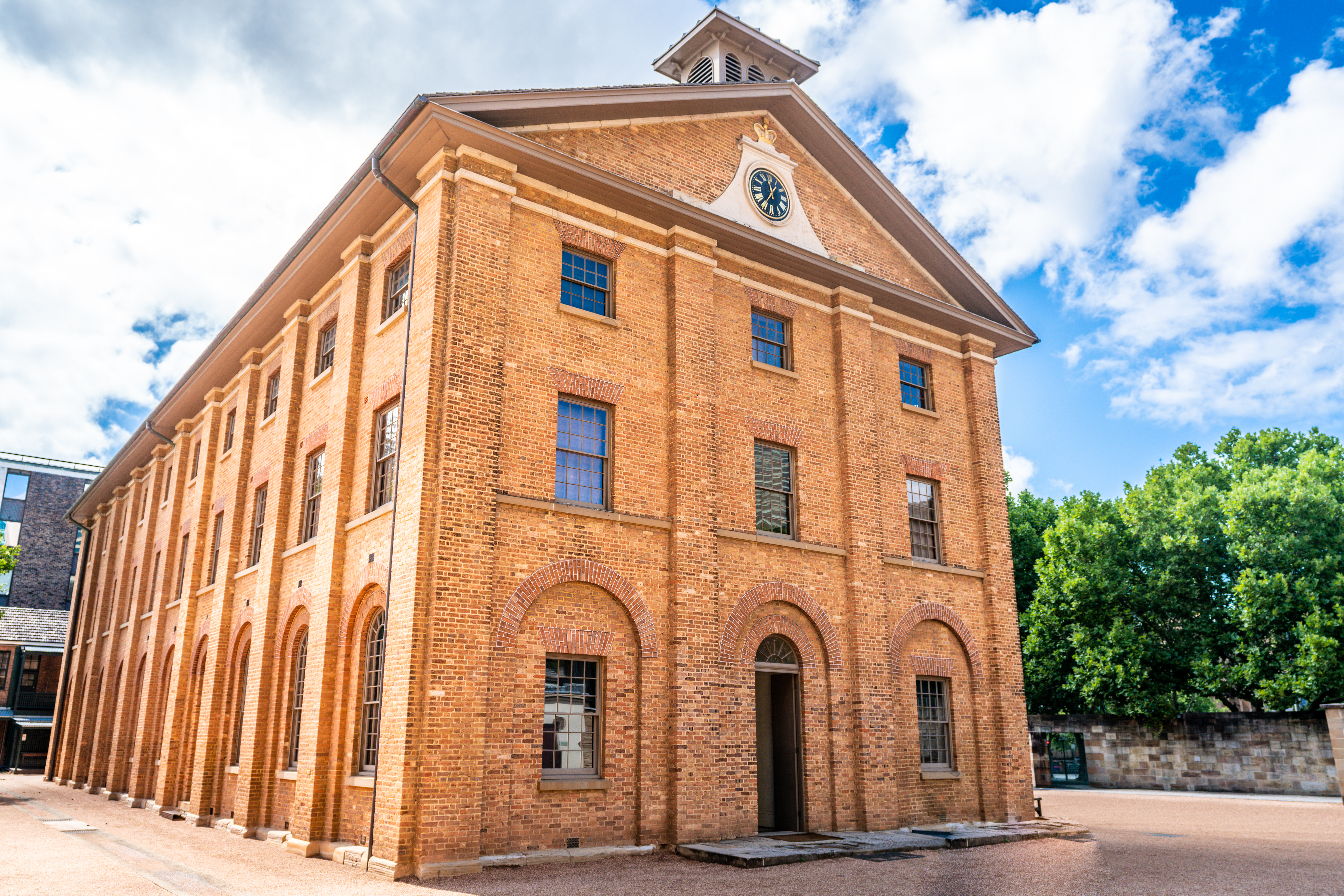
Starting in the late 1950’s, skyscrapers began to rise in central Sydney. The 558-foot (170-meter) Australia Square Tower (1967), the 709-foot (216-meter) Quay Quarter Tower (opened 1976, renovated 2022), the 748-foot (228-meter) 25 Martin Place (1977), and the 745-foot (227-meter) Governor Phillip Tower (1993) are among the city’s major buildings. Popular with tourists is the 1,001-foot (305-meter) Sydney Tower (1981), also known as Centrepoint Tower, which has an observation deck at 820 feet (250 meters).
One of the city’s most prominent landmarks is the Sydney Opera House. The Danish architect Jørn Utzon designed the building, which officially opened in 1973. It stands on Bennelong Point, a peninsula jutting into Sydney Harbour. Its towering white shells that resemble billowing sails have become a world-recognized symbol of Sydney. 
Another notable Sydney landmark is the Sydney Harbour Bridge. It crosses Sydney Harbour between Dawes Point on the south shore and Milsons Point on the north shore. The bridge opened in 1932. The Sydney Harbour Tunnel opened in 1992 to help relieve the heavy traffic on the bridge. 
Education and cultural life.
Most students in Sydney attend government schools. There are also Roman Catholic, Protestant, and nondenominational private schools. Sydney is home to five universities—the University of Sydney, founded in 1850, the University of New South Wales (1949), Macquarie University (1964), the University of Technology, Sydney (founded in 1965 as the New South Wales Institute of Technology), and Western Sydney University (formerly the University of Western Sydney). In addition, a branch of the Australian Catholic University is in North Sydney.
The State Library of New South Wales has a huge reference collection of books, journals, and newspapers covering Australian culture, history, and literature, as well as other subjects. The State Library houses the Mitchell Library and the Sir William Dixson Research Library, which contain extensive collections of rare materials about Antarctica, Australia (especially New South Wales), and the Pacific.
The Australian Museum in College Street concentrates on anthropology, biodiversity, mineralogy, natural history, and paleontology. The Art Gallery of New South Wales, in the Domain, has fine collections of Aboriginal, Asian, Australian, and European art. The Museum of Contemporary Art Australia exhibits works by modern artists.
The Sydney Symphony Orchestra, Opera Australia, the Australian Ballet, the Sydney Dance Company, and the Sydney Theatre Company present performances in the Sydney Opera House. The orchestra developed from a smaller orchestra organized in 1932. Opera Australia was founded in 1996 through the merger of the Australian Opera and the Victoria State Opera. The ballet was founded in 1962, the dance company in 1969, and the theater company in 1978.
People
Archaeological artifacts suggest that Aboriginal people lived in the Sydney area about 40,000 to 50,000 years ago. Several groups of Aboriginal people were living there when Britain established its prison colony in 1788 at Sydney Cove. Today, though Sydneysiders are most commonly of British descent, Sydney is a multicultural city.
After World War II, the Australian government encouraged immigration. Initially, the majority of migrants came from the United Kingdom and continental Europe. After Melbourne, Sydney attracted the largest number of new settlers, many of them from Greece and Italy. Immigrants from Southeast Asia began arriving in significant numbers in the late 1970’s. Today, about 40 percent of Sydneysiders were born outside Australia. Their most common countries of origin are China, India, Lebanon, New Zealand, the Philippines, the United Kingdom, and Vietnam. Sydney also has a significant Aboriginal population and has become a center for Aboriginal culture.
Most families in the Sydney area own or live in a house in one of the suburbs. However, an increasing number of people live in apartments in central Sydney to be close to jobs and city services.
Sydney suffers the social problems of crime, drug abuse, pollution, and traffic congestion common to large cities in industrial countries. Sydney’s Aboriginal residents, like Aboriginal people elsewhere in the country, are often underprivileged economically, educationally, politically, and socially.
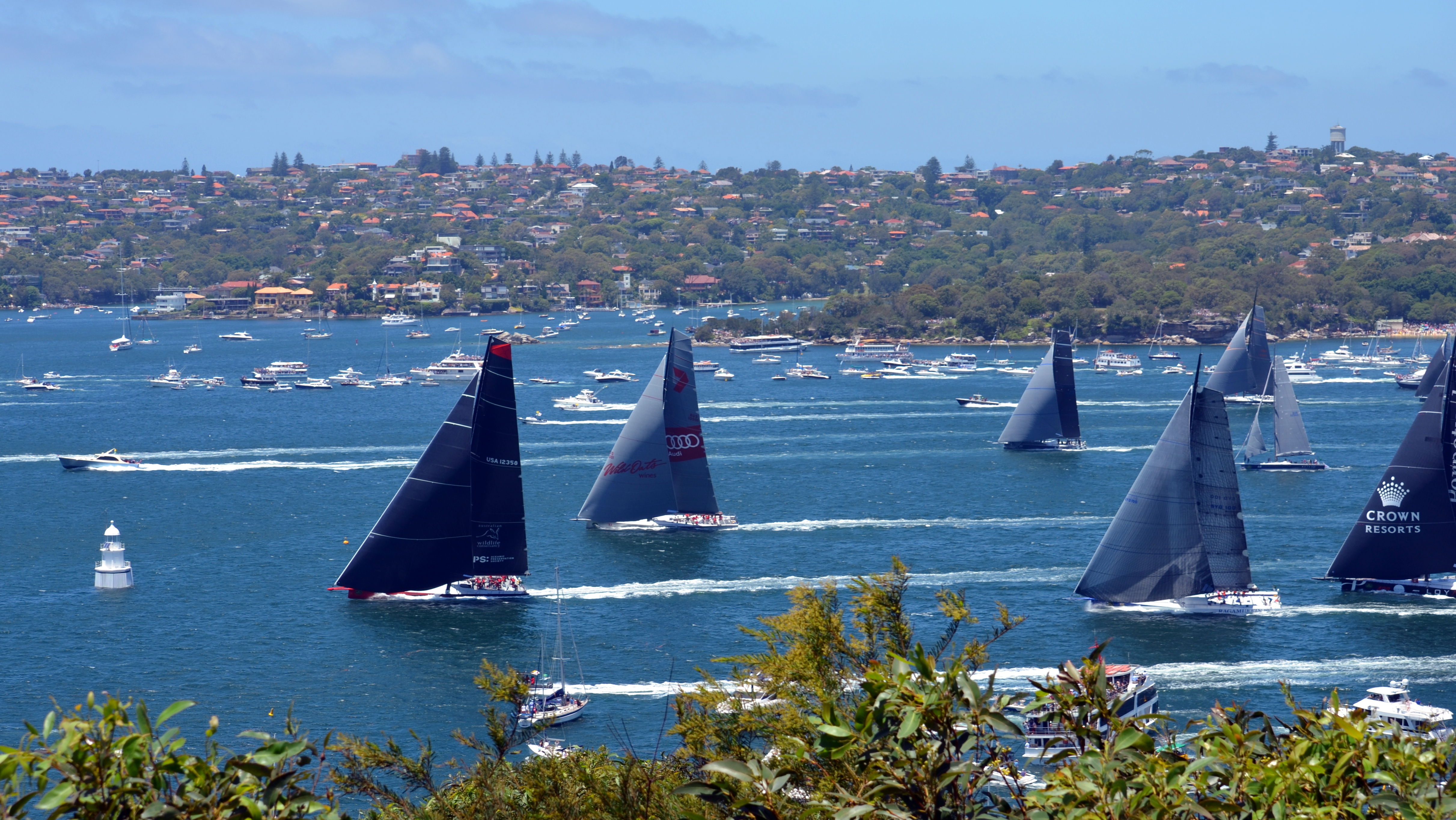
Sydney’s mild climate enables Sydneysiders to spend much time outdoors. Sydney’s beaches, such as Bondi and Manly, attract thousands of swimmers, surfers, and sunbathers. Sailing is also popular. Sydneysiders enjoy watching and playing a variety of sports, including Australian rules football, cricket, rugby union and rugby league football, soccer, and tennis. Local and international sporting events are held at Sydney Cricket Ground. Sydney Olympic Park, a suburb west of the city, is the site of Accor Stadium, which was built for the 2000 Summer Olympics. 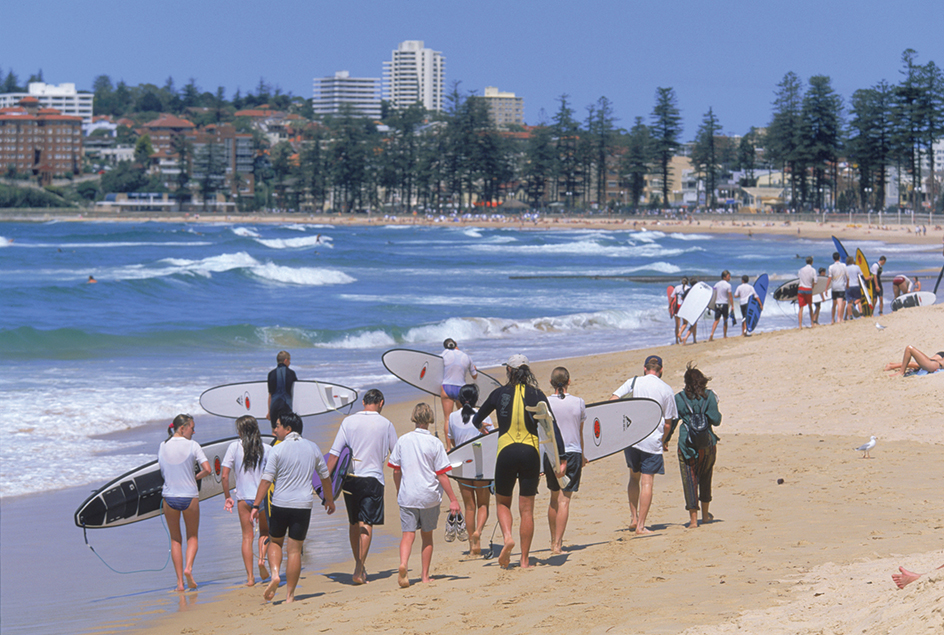

The Sydney Festival takes place every January. Sydneysiders enjoy art shows, open-air concerts, and other activities during the festival. The Sydney Royal Easter Show, held every April in Sydney Olympic Park, features livestock judging, commercial exhibits, performances, and other events.
Economy
Goods manufactured in Sydney account for about 20 percent of the value of all goods made in Australia. The city’s chief factory products include chemical and paper goods, food products, machinery, and metal products. Rich cattle- and sheep-rearing areas in New South Wales make Sydney a major livestock and wool market. The city’s chief exports include aluminum, chemicals, coal, machinery, meat, wheat, and wool. Sydney is also a business and finance center.
Residents and public officials have been concerned about the availability and use of water since the city’s founding. Australia is a generally dry country. Although Sydney lies in one of the regions that receive the most rain, Sydneysiders emphasize the careful use of water and control of water pollution. From the early 1800’s, such major water management projects as dams, reservoirs, and sewerage systems accompanied the development of the city and suburbs.
Transportation and communication.
Sydney is a major sea and air transportation hub. Every year, many thousands of passengers and some freight shipments arrive at the terminals at Circular Quay in Sydney Cove and at Darling Harbour. Many more freight shipments arrive at the Botany Bay port. Port Botany, 7 1/2 miles (12 kilometers) south of Sydney Harbour, handles about 70 percent of Sydney’s cargo, and Sydney Harbour handles about 30 percent.

Sydney is sometimes called the gateway to Australia. Many visitors enter the country through Sydney’s Kingsford Smith International Airport, Australia’s busiest airport. Named in honor of Sir Charles Kingsford Smith, Australia’s greatest aviation pioneer, the airport is in the suburb of Mascot, about 6 miles (10 kilometers) south of Sydney’s CBD.
Public transportation, consisting of buses, ferries, and light-rail and conventional trains, extends throughout the entire Sydney region. In addition to regular commuter services, special bus, ferry, and rail routes make circuits of locations of particular interest to tourists.
Sydney has several daily newspapers. They include the oldest, The Sydney Morning Herald, first published in 1831 as The Sydney Herald. Other major papers are The Daily Telegraph and The Australian. The Sun-Herald and The Sunday Telegraph appear on Sunday.
The government-funded Australian Broadcasting Corporation (ABC) provides online, radio, and television services in Sydney. Sydney also has commercial radio stations and television channels. The Special Broadcasting Service (SBS) offers online, radio, and television programming that emphasizes the multicultural nature of Australian society.
Government
Sydney exists under three levels of government—federal, state, and local. The federal government is responsible for such areas as trade, foreign relations, telecommunications, currency, and postage.
The state government’s responsibilities include health services, police, prisons, railroads, roads, and schools. The Rail Corporation New South Wales (RailCorp) controls railway services. Port Authority of New South Wales controls shipping in both Sydney Harbour and Port Botany. The Sydney Catchment Authority is responsible for managing the dams and reservoirs that provide Sydney’s water, and the Sydney Water Corporation handles water treatment and delivery, as well as wastewater management and recycling. TransGrid supplies and distributes electric power. The state departments of Planning and of Natural Resources control use of land and water resources.
The City of Sydney is one of more than 30 local government areas (LGA’s) in Greater Sydney. Elected councils administer each of these areas. The councils provide such public services as economic and land use planning, health and family services, issuing building permits, and maintaining local roads.
History
Aboriginal people lived in the area of what is now Sydney about 40,000 to 50,000 years ago. The Aboriginal name for the Sydney Cove area is Warrane (also spelled Warrang). The British explorer James Cook was the first European to reach the areas now known as Botany Bay and Port Jackson, while exploring the east coast of Australia in 1770. Cook claimed the area for Britain and named it New South Wales. Botany Bay was named for the many plant species found there. See Aboriginal people of Australia.
After Britain lost its American Colonies in the American Revolution (1775-1783), the British government needed a new place to send some of the convicts overcrowding its prisons. It decided to establish a penal colony in New South Wales. The government hoped that the new colony also would serve as an outpost for British shipping and trade in the Pacific region. In May 1787, a group of British ships called the First Fleet, carrying about 750 convicts, some of their families, guards, and officials, set sail for Australia under the command of Arthur Phillip. See Convicts in Australia; Transportation of convicts. 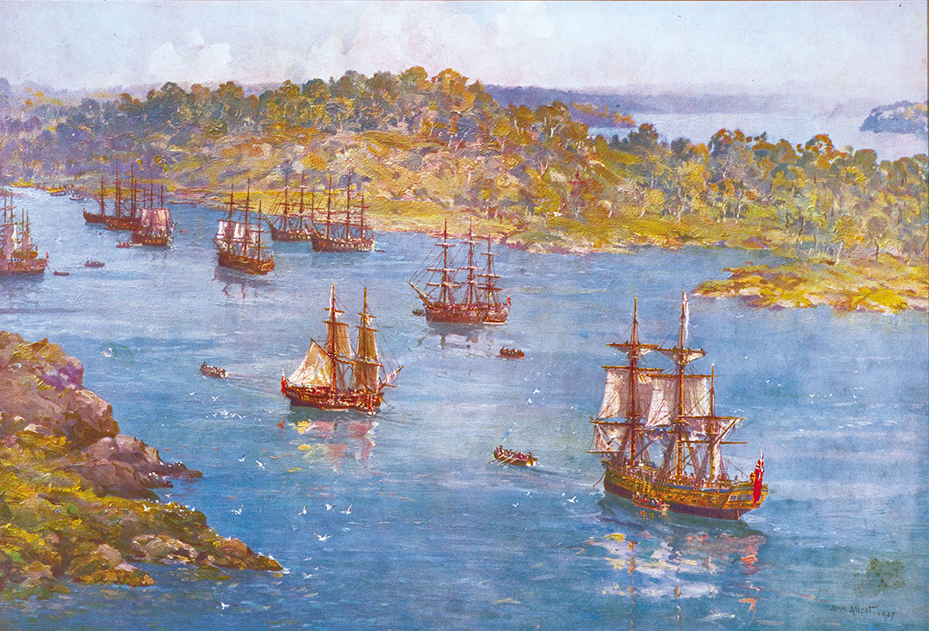
The fleet arrived in Botany Bay in Jauary 1788. Within days of arrival, Phillip decided the marshy land around Botany Bay was unsuitable, and he chose a new site at Sydney Cove in Port Jackson because it had a good water supply and a safe anchorage for ships. On Jan. 26, 1788, the fleet arrived and raised the British flag at Sydney Cove. Phillip named the location after Thomas Townshend, Baron Sydney (later Viscount Sydney). Townshend, as home secretary in the British government, was responsible for settling convicts overseas, and he had chosen Phillip to lead the expedition to Botany Bay.
The land around Parramatta, west of Sydney and first named Rose Hill by Phillip, proved the most suitable for farming. James Ruse, a former convict and experienced farmer, began to grow wheat and corn crops. He received the first land grant issued in New South Wales. John Macarthur, a British Army officer, settled in New South Wales with his family in 1790. He built Elizabeth Farm, named in honor of his wife, in 1793. The house at Elizabeth Farm is the oldest building still standing in Australia. Macarthur helped pioneer Australia’s wool industry. He and Elizabeth successfully bred Merino sheep and exported the wool from this breed to the London market. 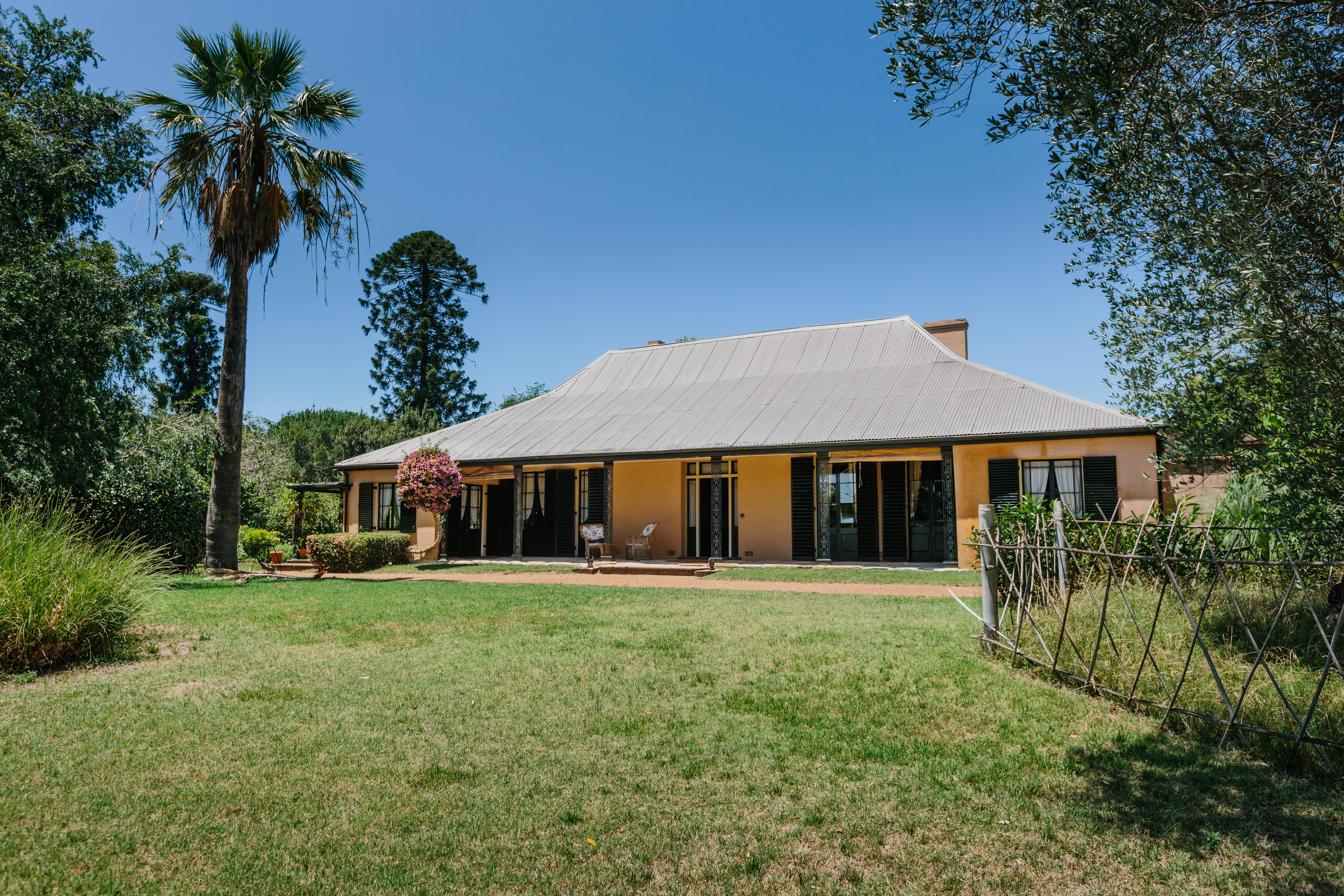
The wool industry attracted free settlers to the colony. Parramatta became the center of government. Until the 1850’s, the governor of New South Wales maintained a residence there. But by 1800, the importance of Sydney as a port and commercial center reestablished it as the focus for the settlement. In 1842, Sydney was incorporated as a city with a population of about 30,000.
In 1849, Sydney received its last convicts from the United Kingdom. In 1851, gold was discovered in New South Wales, and Sydney grew rapidly during the gold rush that followed. By the 1890’s, the population had risen to nearly 400,000.
An outbreak of bubonic plague afflicted Sydney in 1900. Following the plague, much of the Rocks, together with the wharves, slums, and warehouses on the Darling Harbour side of the city, were demolished to remove rats and rundown buildings. Rats infected with plague carry fleas that can transmit the disease to human beings. The demolition made way for new streets, wharves, and stores. These areas experienced further redevelopment in the 1980’s.
Many European immigrants arrived in the 1950’s, and the city’s population grew to 2 million. The city’s rapid growth led to a number of problems, including water and air pollution and traffic jams. Since the 1970’s, the number of Asian immigrants settling in New South Wales also has grown considerably, particularly in suburban Sydney. In the 1980’s, the city began to build new sewers, tollways, and traffic tunnels to help meet the needs of its growing population. The construction included a tunnel completed in 1992 under Sydney Harbour and the ANZAC Bridge, completed in 1995.
In 2000, Sydney hosted the 2000 Summer Olympic Games. During the early 2000’s, the economic growth in the Sydney metropolitan area has continued to attract businesses. The role of service industries in the region’s economy has increased. These industries include financial, information media, technical, and telecommunications services. They also include education and health services. This growth has continued to attract workers from around Australia and the world, adding to the region’s multicultural character. 
The first portion of a new rapid transit commuter railway called Sydney Metro opened in 2019. This Metro North West Line runs through the northwestern suburbs. Work to extend it beneath Sydney Harbour and the city’s Central Business District is scheduled for completion in 2024.
The COVID-19 pandemic (worldwide epidemic) spread to Australia in early 2020. The nation’s most serious outbreaks occurred in the urban areas of southeastern Australia. Efforts to contain the spread of the disease in New South Wales included lockdown periods with restrictions on travel and social activity.
